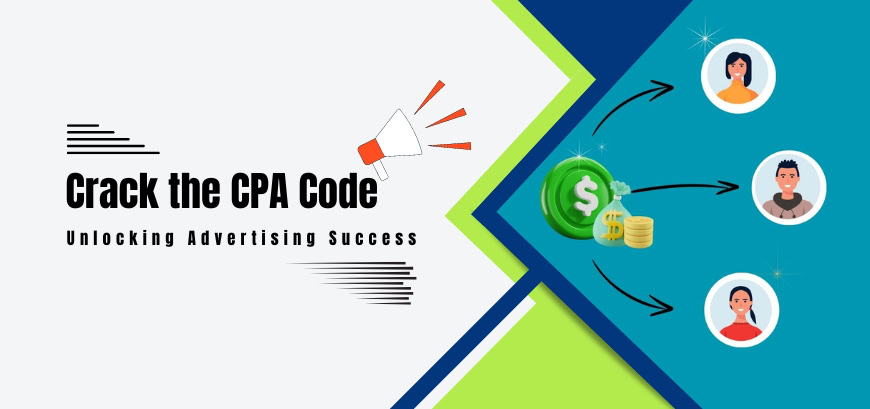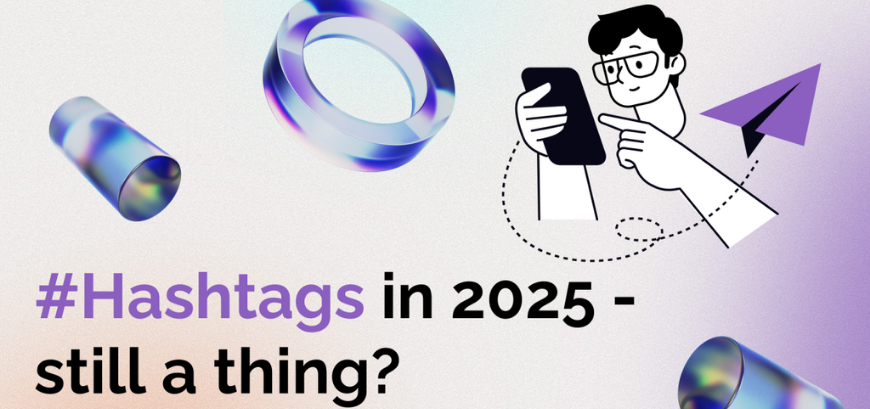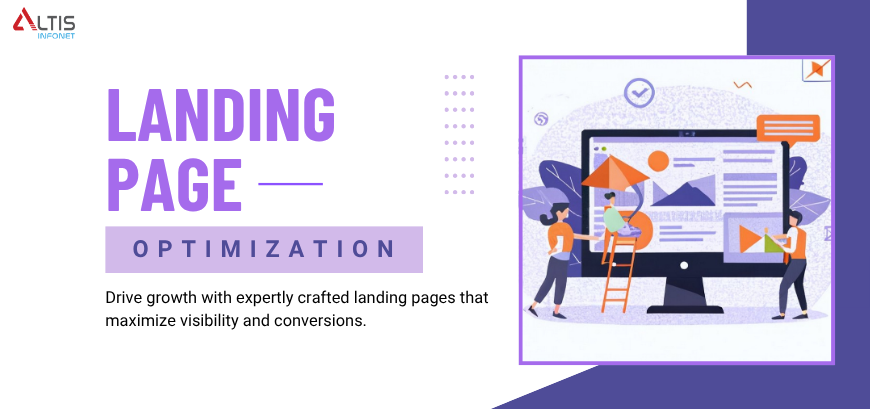Cost Per Acquisition (CPA) is a marketing metric that calculates the expense incurred to gain a new customer through a particular advertising campaign. CPA is calculated by dividing the total cost of the campaign by the number of conversions (acquisitions) it generates. In simpler terms, it tells you how much you are spending to gain one customer.
CPA = Total Campaign Cost / Number of Conversions
Understanding Cost Per Acquisition is essential because it directly impacts your advertising budget and overall profitability. A lower CPA indicates a more cost-effective campaign, while a higher CPA may suggest inefficiencies that need addressing.
Importance of CPA in Advertising
- Budget Management: Knowing your Cost Per Acquisition helps you allocate your budget more effectively. By focusing on campaigns with lower CPAs, you can maximize your ROI and ensure that your advertising dollars are being spent wisely.
- Performance Evaluation: Cost Per Acquisition is a key performance indicator (KPI) that allows you to evaluate the effectiveness of your campaigns. It helps determine which strategies are effective and which require enhancement.
- Customer Value Assessment: By comparing Cost Per Acquisition with the lifetime value of a customer, you can determine if your campaigns are sustainable and profitable in the long run.
Strategies to Optimize CPA
1. Targeted Advertising
One of the most effective ways to reduce Cost Per Acquisition is through targeted advertising. By focusing your ads on a specific audience that is more likely to convert, you can increase the efficiency of your campaigns. Use platforms like Google Ads and Facebook Ads to develop highly targeted campaigns tailored to specific demographics, interests, and behaviors.
2. A/B Testing
A/B testing entails comparing two variations of an ad to determine which one performs more effectively. By testing different headlines, images, and calls to action, you can identify the elements that resonate most with your audience. Continuously optimize your ads based on the results to improve conversion rates and lower Cost Per Acquisition.
3. Quality Score Improvement
For platforms like Google Ads, improving your quality score can significantly impact your CPA. The relevance and quality of your ads, keywords, and landing pages determine your quality score. Higher quality scores lead to lower costs per click (CPC) and better ad placements, ultimately reducing your CPA.
4. Effective Landing Pages
A well-designed landing page is essential for turning clicks into actual customers. Ensure your landing page is relevant to the ad, loads quickly, and has a clear call to action. Use persuasive copy and design elements to guide visitors towards conversion.
5. Retargeting
Retargeting involves showing ads to people who have previously visited your website but did not convert. This approach keeps your brand in the forefront of potential customers’ minds and motivates them to return and finalize their purchase. Retargeting typically has a lower CPA because it targets warm leads who are already familiar with your brand.
6. Leveraging Data Analytics
Data analytics is a powerful tool for optimizing CPA. Use analytics platforms to track the performance of your campaigns in real time. Detect patterns and trends that can guide your advertising strategies. For example, if you notice that certain times of day or specific geographic locations yield higher conversion rates, adjust your ad targeting accordingly.
7. Ad Scheduling
Ad scheduling, or dayparting, allows you to run your ads at times when your target audience is most likely to convert. By focusing your budget on peak hours, you can improve the efficiency of your campaigns and reduce your CPA.
8. Bid Management
Proper bid management is essential for regulating your CPA. Set bid adjustments based on the performance of different keywords, devices, and locations. Automated bidding strategies offered by platforms like Google Ads can also help optimize your bids to achieve your desired CPA.
9. Enhancing Ad Creativity
Creative ads that capture attention and engage viewers can lead to higher conversion rates. Invest in high-quality visuals, compelling copy, and innovative formats to make your ads stand out. Engaging ads are more likely to convert, thus reducing your CPA.
10. Customer Feedback and Reviews
Prompt satisfied customers to leave reviews and share their feedback. Positive reviews and testimonials help establish trust and credibility, which can simplify the process of converting potential customers. Incorporate these elements into your ads and landing pages to boost conversion rates.
Remember, cracking the CPA code is a journey, not a destination. By combining strategic planning, data-driven insights, and relentless optimization, you can unlock the full potential of CPA bidding and achieve advertising success.
Seeking an Outcome-Oriented Digital Marketing Firm?
Altis Infonet Pvt Ltd is a Web Development and Digital Marketing company with a focus on client servicing through knowledge-based solutions. Our team of experts will help make your digital dreams come true!





